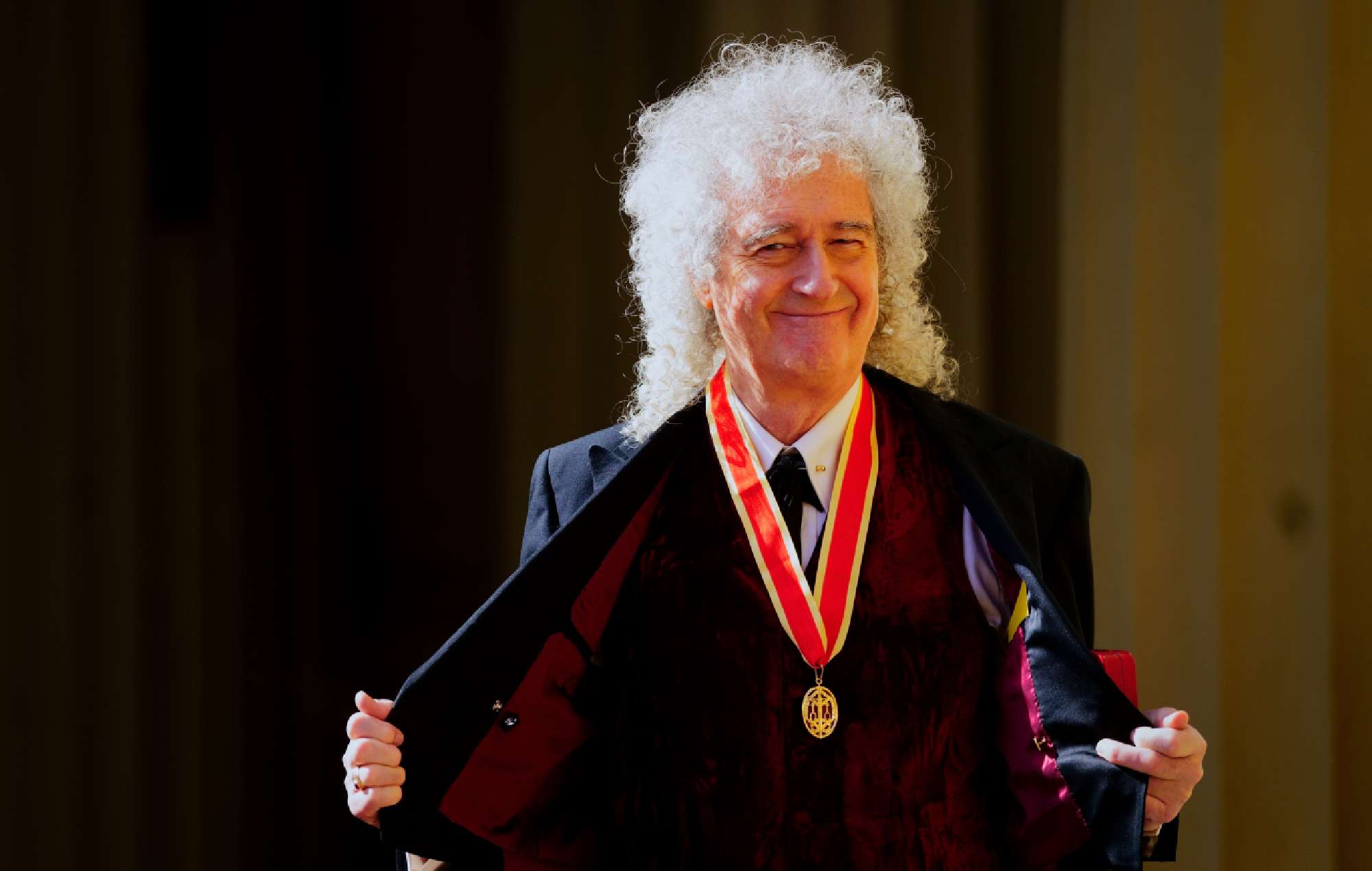
Queen‘s Brian May played a critical role in a NASA mission to bring the largest asteroid sample ever back to Earth.
The legendary guitarist – who is also an astrophysicist and received his PhD from Imperial College in 2007 – assisted in helping to identifying the site from which the sample was taken.
May is an expert in stereoscopy, which is the process of dealing with a pair of two-dimensional images that, when viewed by both eyes, can be used to create a 3D scene. The process was essential in helping to identify where the spacecraft could collect samples without damaging or destroying itself.
Today (September 24), it was announced that a capsule containing about 250g of rocks and dust collected from asteroid Bennu as part of NASA’s Osiris-Rex mission had parachuted into the desert in Utah.
May and his collaborator Claudia Manzoni contributed in the shortlist of possible sample sites on Bennu. “I always say you need art as well as science,” May told the BBC.
He added: “It’s like an artistic thing. You need to feel the terrain to know if the spaceship is likely to fall over or if it will hit this ‘rock of doom’ that was right on the edge of the eventual chosen site, called Nightingale. If that had happened it would have been disastrous. There were a billion dollars of American taxpayers’ money at stake.
In a new video message, May spoke of his pride to be involved in the historic mission.
“I am immensely proud to be a team member of OSIRIS-REx,” he told Nasa TV. “I can’t be with you today, I wish I could but I am rehearsing for a Queen tour, but my heart is there with you as this precious sample is recovered. Happy sample return day and congratulations to all who worked so incredibly hard on this mission.”
Scientists hope the samples will help explain how life on Earth began.
Elsewhere, May recently shared his views on the growing popularity of AI in music, describing it as “massively scary”. He added: “It makes me feel apprehensive, and I’m preparing to feel sad about this.”


 87
87